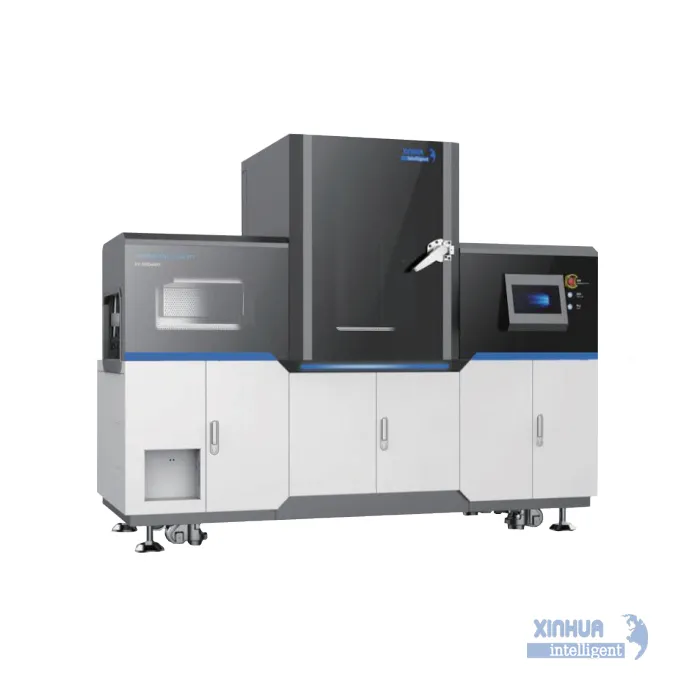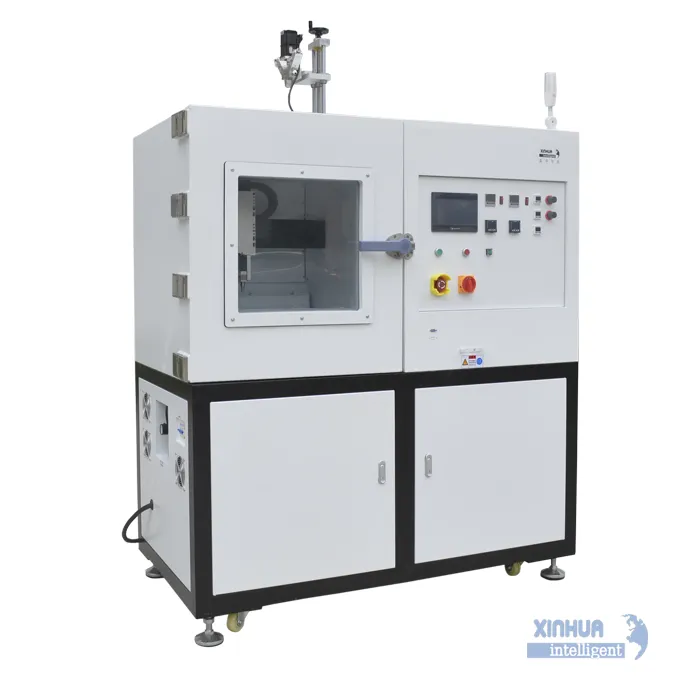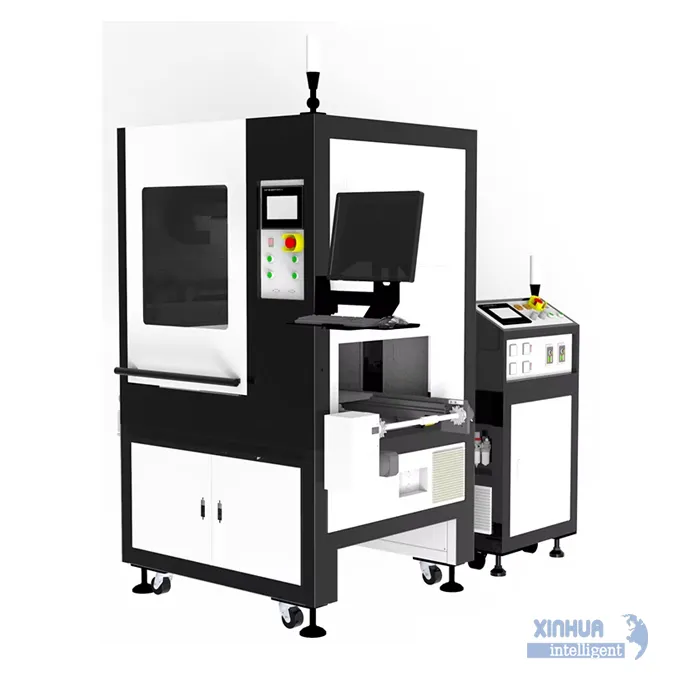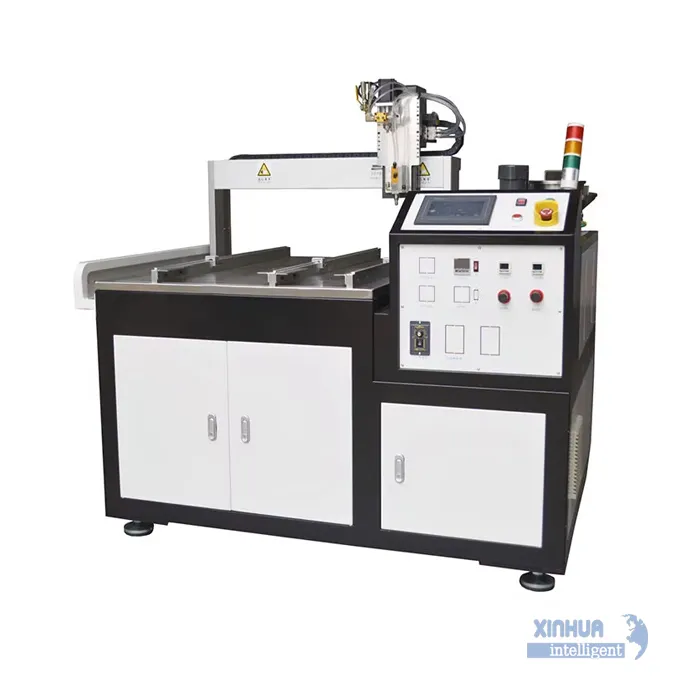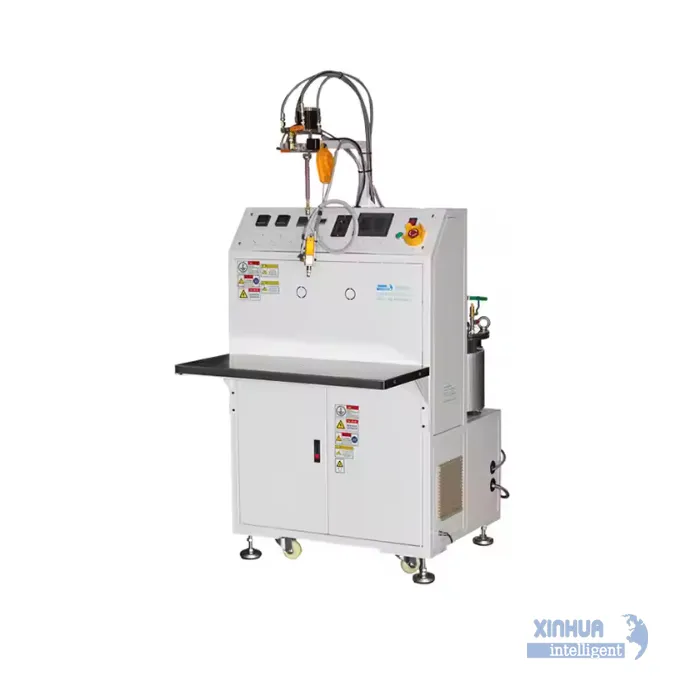Silicone potting is the process of encapsulating electronic components and circuits by pouring a liquid silicone compound into or over them, which then cures to form a protective polymer insulating material. This potting compound typically consists of silicone resin (organic polysiloxane base) combined with fillers, catalysts, and additives. It cures at room temperature or with heating and creates a durable, flexible, and protective layer around the electronic parts.
The purpose of silicone potting is to protect sensitive electronic components from moisture, dust, mechanical shock, vibration, temperature extremes, ultraviolet radiation, and corrosion. Silicone potting compounds maintain elasticity after curing, giving excellent shock absorption, moisture resistance, temperature stability (-60°C to 200°C), and good electrical insulation. They enable easier repairability since the cured material is relatively soft and can be removed to access the components if needed.
There are different types of silicone potting compounds, including single-component and two-component systems (condensation and addition types), which vary in curing process and shrinkage characteristics. Silicone potting is widely used in automotive electronics, power electronics, sensors, LED encapsulation, and other fields requiring durable environmental protection and electrical insulation.
In summary, silicone potting provides a protective, insulating, and shock-absorbing encapsulation of electronic components through a cured silicone resin compound with excellent environmental and electrical properties.

